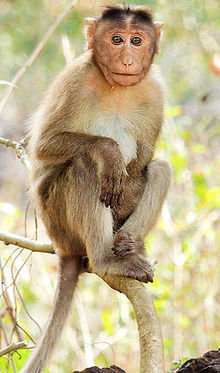Inductive Game Theory – Animal Combat

Inside of the animal kingdom, many believe that what guides the immediate decision making process of whether or not to combat another given animal is purely based on the conflict for resources. That is, animals generally decide to compete for resources such as food, water, shelter, and mates for the immediate gain of the resource. However, it is suggested by a paper done by a group of researchers, labeled “Inductive Game Theory and the Dynamics of Animal Conflict” that animals act more on a time-series approach for their competitive process. This is to say that animals use recollection from previous time states to affect their current state. Past interactions can affect current decision making, which yields a more complex problem, because memory suggests that animals use basic reasoning skills to influence their decisions. Once memory is introduced a new set of benefits, payoffs, and costs is also introduced. For example, when two animals or players decide to combat, a third party animal or friend might be pulled into the conflict as well. Now, the animal starting the conflict might factor in this “population cost” when making his decision as his ally could potentially be hurt in the interaction. This relationship between ally or enemy partners makes fighting no longer a two way interaction but potentially a much larger interaction consisting of three or more players. In order to analyze stable interactions, we can use the Structural Balance theories to analyze possible stable state configurations. In this case of analyzing stable configurations, canonical Game Theory would suffice as all the information from the animal that would be required would be whether or not they are friends. However when asking the question, “Should I fight?”, animals often do not know the current state of a friend as the friend might be injured, healthy, pregnant, malnutritioned, tired, etc. Instead it is more likely to assume that each player uses knowledge accumulated from past experiences that are induced by the animal’s past random trials. This idea differs from canonical Game Theory as the players may not know all the potential outcomes from the huge structure of the game.
Thus a new method of Game Theory is introduced called Inductive Game Theory. Inductive Game Theory is useful as we can computationally derive a player’s decisions and consequences from time-series data. In other words, we can draw conclusions on decision making strategies from previously known networks and trails. Some predictions that can be concluded are which behaviors are more likely to lead to combative times, or which behaviors lead to higher stability in structures.
Below is a example of a game in Backward Induction that diagrams the turn outs for a broadcaster and a customer. The broadcaster decides to show high or low resolution streams, and the customer then whether or not to buy the service.
This relates topics discovered in CS 2850 as it suggests a new analyzation of a game, that is, it extends upon traditional Game Theory to create Induction Game Theory. In addition animal combat is a good example of using structural balance theory to analyze the stability behind animal relationships. This is because it is not only important to know who your enemies and allies are, but who your enemies and allies should be, that is, whether or not a given animal should be deemed untrustworthy. This is very important for animals as it is often the difference between life and death and is why it can be so useful to study.
PAPER: https://journals.plos.org/ploscompbiol/article?id=10.1371/journal.pcbi.1000782

